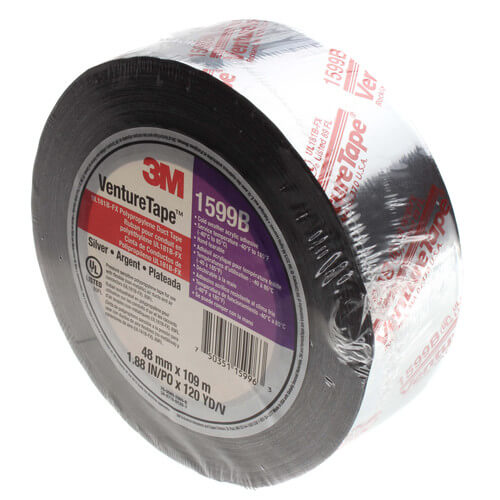Step 19b – Install the Ductwork
Installing ductwork properly is quite a bit more difficult than running pipes for plumbing or wires for electrical. It is, in fact, so difficult that “more than half of new HVAC systems in U.S. homes do not perform to their rated efficiency as a result of improper installation” (US Dept of Energy). While many of these problems are due to the popularity of cheap flexible duct, there are several issues that even the metal duct that I am using has. Two of the most common are having sharp turns in the duct runs and not air sealing them properly.
Turns are formed in round, metal duct by using adjustable elbows. The elbows have four lopsided rings that swivel so that you can form any bend you desire between 0 and 90 degrees. It is a gloriously intelligent, yet simple design. Although they have the ability to make those tight turns, I kept mine to a maximum of 45 degrees with just a few exceptions, and used two of them together anytime I needed to make a 90 degree turn. This will mean a smoother airflow inside the duct with less “turbulence”. Turbulence causes the ERV to have to work harder and use more electricity, and if it is already operating at maximum power will result in less air moving through the system. Less air means improper ventilation for the house giving it a stale and stagnant feeling.


Advice? Questions? I'd love to hear your feedback or help you out in any way I can!